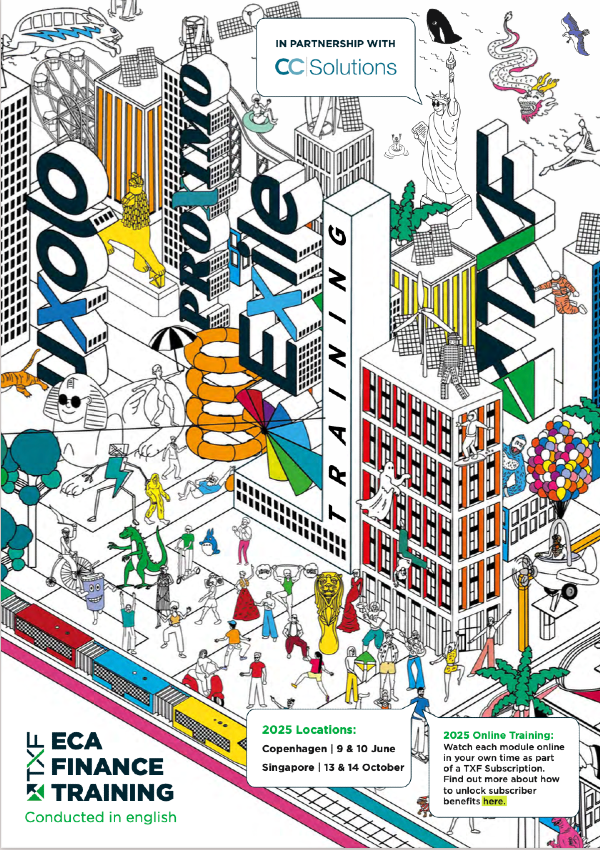Trade protectionism: No showstopper for global trade growth
Globalisation is evolving – not going away. Vinay Mendonca talks to TXF about the deeper factors at play behind a bullish outlook from corporates to trade growth in HSBC’s latest Navigator survey.

International trade prospects remain positive according to the majority of corporates surveyed in a report from HSBC: ‘Navigator: Now, next and how for business’. This is despite companies’ concerns about risking protectionism. However, the majority of growth in international business is likely to occur in their local ‘home’ region.
More than three-quarters (77%) of the 6,033 companies surveyed in 26 countries expect the volume of international trade to increase over the next year. Factors underpinning confidence include an increase in consumer and business demand for their products (33%), favourable economic conditions (31%) and the greater use of technology (22%) driving growth.
“Firms do believe that protectionism is on the rise, though,” says Vinay Mendonca global trade and receivables finance head of product and propositions at HSBC. Sixty one percent of the companies surveyed globally say governments are becoming more protective of their domestic economies. This sentiment is strongest among companies in MENA (70%), and Asia-Pacific (68%). In the US, 61% say protectionism is rising, while in Europe it’s 50%. “And the business impacts are primarily in terms of a rise in operating costs and in accessing skilled labour and resources,” says Mendonca.
“Firms don’t view protectionism as a showstopper – but it is a factor to consider,” he cautions. “What’s important is how they are responding to it and looking at their own supply chains and distribution corridors.”
Looking to the neighbours
Indeed, one of the interesting results of the survey is the extent to which companies are looking to neighbouring countries and regions as trading partners. Nearly three-quarters (74%) of overseas trade in Europe and Asia is being conducted within their ‘home’ region. “This will continue to grow, says Mendonca: “Particularly with expansion plans prioritised around geographies closer to home such as the Belt and Road Initiative in China and the ASEAN 2025 strategy.”
For sure, there are bigger factors at play than a backdrop of protectionism in determining shortening supply chains. Companies are looking at operating models that don’t always rely on exporting finished goods. For instance, they may be looking at producing some or all product locally, closer to their final markets, and this can be achieved by joint venture/acquisition and other methods to bring supply chains closer to where the goods are sold. Technology is also a factor. Mendonca explains that different models of supply chain are also linked to how companies are selling their end product. “If, say a shoe manufacturer allows client customisation, such as putting pink bows onto a shoe, then supply chain and inventory management needs to be flexible. The closer you are to the end consumer, which raises the concept of batch size one, the more flexible you need to be. It’s not all about responding to uncertainty in trade policies but also about responding to the end consumer.”
Globalisation continues
Does the survey show any deceleration in globalisation? “On the contrary,” Mendonca says. “Companies in Mexico that traditionally traded with the US are looking at South America, Africa, Asia to diversify their trade. Some may choose to create a footprint through joint ventures, etc. Globalisation is still accelerating but not in a transformed manner. Now you hear about ‘made by’ x country not ‘made in’ x country. Globalisation will still drive ahead but in slightly different form.“
Reflecting the survey’s upbeat outlook for trade, 60% of respondents globally expect to need more trade finance over the next 12 months. Encouragingly, a similar proportion (59%) think their access to trade finance will improve, as credit conditions remain generally accommodative. For firms in Asia-Pacific and MENA, high transaction costs are the main challenge to meeting trade finance needs, while regulation is more of a concern for companies in Europe and North America.
“This is a call to action for firms. While there is a lot of opportunity at home or within the region, there remains significant opportunity in farther markets, such as emerging markets. From a trade finance perspective – as companies start trading with newer markets/geographies, there’s a need for appropriate risk mitigation,” Mendonca says.





